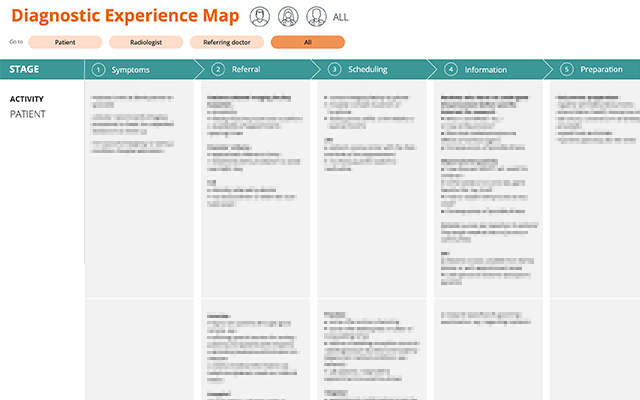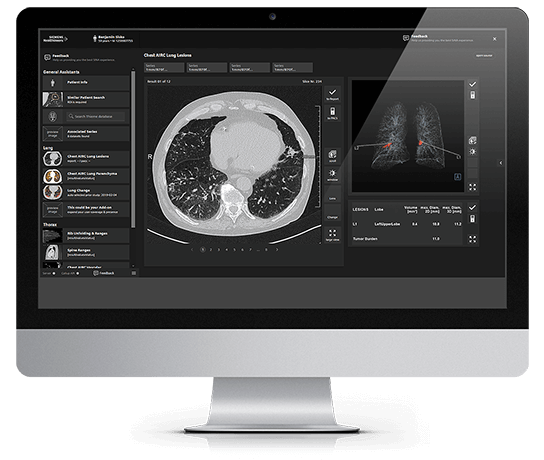UX Design (User-Centered Design)
User experience design or user-centered design is a holistic approach to designing interactive systems with the goal of achieving an optimal user experience. Only if the needs of the user and the context of use are known and taken into account during development can interaction be designed to be intuitively usable and successful.
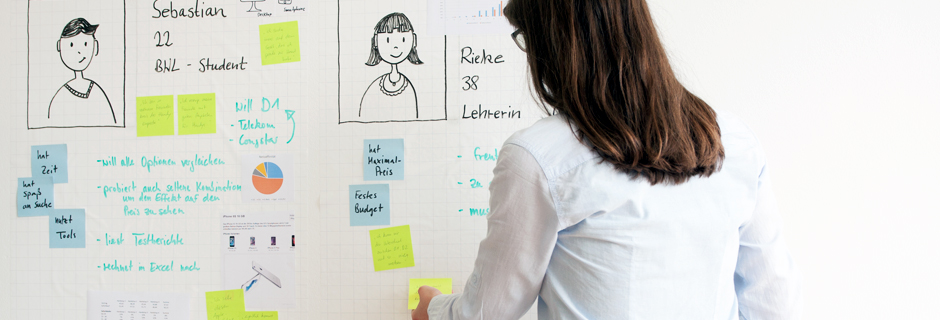
What is User-Centered Design (UCD)?
4 building blocks for successful UX Design:
UCD is a framework for the systematic development of good user experience. Good human-centered products and services are only created through consistent user involvement. All user-centered design processes and methods such as design thinking, service design, lean UX, or design sprints fundamentally consist of these four building blocks: understanding, exploring, designing, and testing.
UX Design building block: Understand
The goal of the Understand phase is to gain a deep and fundamental understanding of the users, the domain, the product, its application context, and all associated frameworks.
User Research: Understand the target group
Here, the main focus is on understanding the users and the central context of use so that real requirements and goals can be derived. Together with you we review and discuss existing information and plan the appropriate user research measures, such as contextual inquiries, surveys, focus groups oder diary studies. The collected insights from the user research, together with the business requirements, form the basis for the further steps that we plan and implement with you.
An overview: Methods of user research
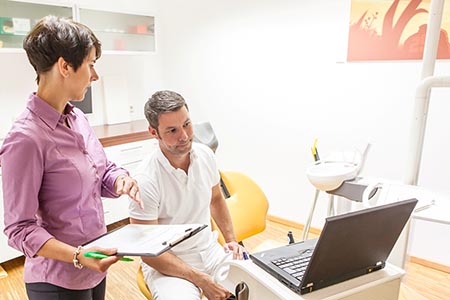
UX Workshops: Understand each other
Instead of PowerPoint and time-consuming meetings, we rely on constructive, well-moderated workshops, — no matter if project kickoff, requirements analysis, goal-oriented alignment, breaking down silos or getting a better understanding of a problem.
With the right methods our experienced consultants and designers create interactive, results-oriented workshops.
Since we and many of our customers work partly from home, we have also raised our online workshops to a new level and offer the full experience in a remote context as well.
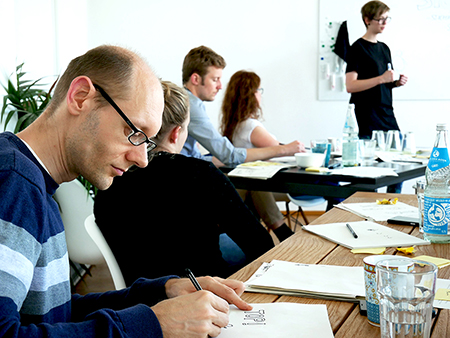
UX Deliverables: Results for user-centered work
We rely on various forms of results presentation. All of them serve as helpful tools for daily communication and work with a user-centric focus.
Results from user research are usually prepared and prioritized in descriptive reports.
To make the goals and needs of the target group more concrete and tangible, we use personas, for example.
With a customer journey (also called user journey), the user's points of contact with your company, product or service can be clearly illustrated and exemplified.

UX Design building block: Explore
Exploration is all about ideas and solutions: a wide variety of creative methods are used to explore possibilities and uncover innovation potential. The results of user research often serve as the basis for this process.
Ideation: Develop ideas and solutions
What becomes particularly clear during exploration: User Experience Design is an iterative approach. In this phase, we rely on joint workshops in interdisciplinary teams (e.g., domain experts, UX designers, developers). Using design thinking methods such as design sprints or design studios, together we develop initial ideas and solutions in the form of simple scribbles and paper prototypes.
While some solutions are developed further, other ideas or parts of them end up in the trash. Before we commit to a solution, alternatives are tried out, critically questioned in the team, and in some cases tested with users at a very early stage.

Co-Creation: Our customers and the users as impulse generators
When users not only test the prototypes, but are actively involved in the process of generating ideas and solutions, this is known as co-creation.
Through the principle of participative design with our customers and their users, all participants have the opportunity to help shape the future product or service themselves and provide exciting impulses.
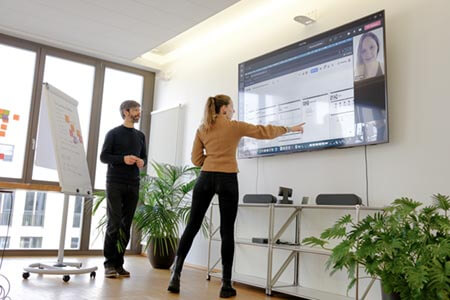
You are planning the optimization or the new development of an interactive product? We are happy to support you!
UX Design building block: Design
Based on the results of the Understand and Explore phases, the Design phase involves developing concrete concepts and visualizing them. In the vast majority of cases, we develop a prototype that represents the requirements that were defined together.
Prototyping: Making concepts tangible
Prototypes are early visualizations of the system or system section to be developed. Long before the first line of code is written, we deliberately raise questions that can be clarified iteratively. Through early and very concrete visualization, we can involve users in the development process, create a consistent basis for discussion for all project participants and in this way avoid problems of understanding.
The functional scope, interactivity and design of the prototypes are strongly oriented towards the objective and target group of the respective design.
More about Prototyping

More UX: Information architecture, workflows, content und interaction design
In addition to the visualization of user interfaces, the Design phase is also particularly concerned with the associated processes, structures, content and interactions.
For the development of a good information architecture and navigation structure, methods such as card sorting, tree testing, top task analysis or content audits – an inventory of the content – are often used. The results flow seamlessly into prototyping.
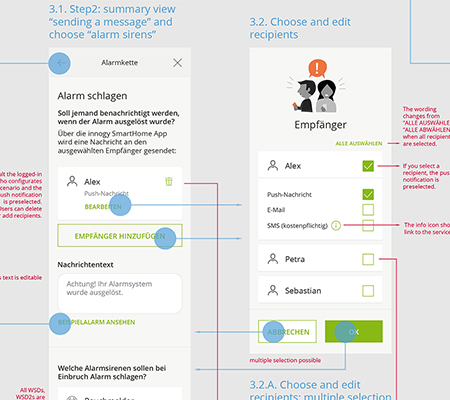
UI Design: More than just bling bling
An appealing and consistent user interface design, ideally across the entire user journey, is an important factor for a good user experience and a positive brand perception (brand experience).
Depending on the scope and complexity of the project, we also help with modular style guides or a design system to simplify and standardize the work with UI elements or design patterns for all stakeholders in your company.

UX Design building block: Test
Only by testing with users does the development process become truly user-centric. We apply an agile and iterative approach and incorporate valuable user feedback directly into the design process.
UX Testing: The users' perspective
The concept states or prototypes are evaluated with real users in different development phases: In early phases the structure and processes, in later phases complex interactive prototypes. The insights gained are coordinated with all relevant project participants and flow directly back into the concept.
By systematically involving users in the development process right from the start, we can ensure that user requirements are met and save you from expensive misdevelopments and nasty surprises.
More about UX Testing / Usability Evaluation

The result of the user-centered design process is a successful digital product, developed together with the future users, that not only fulfills the users' wishes, but delights them.


